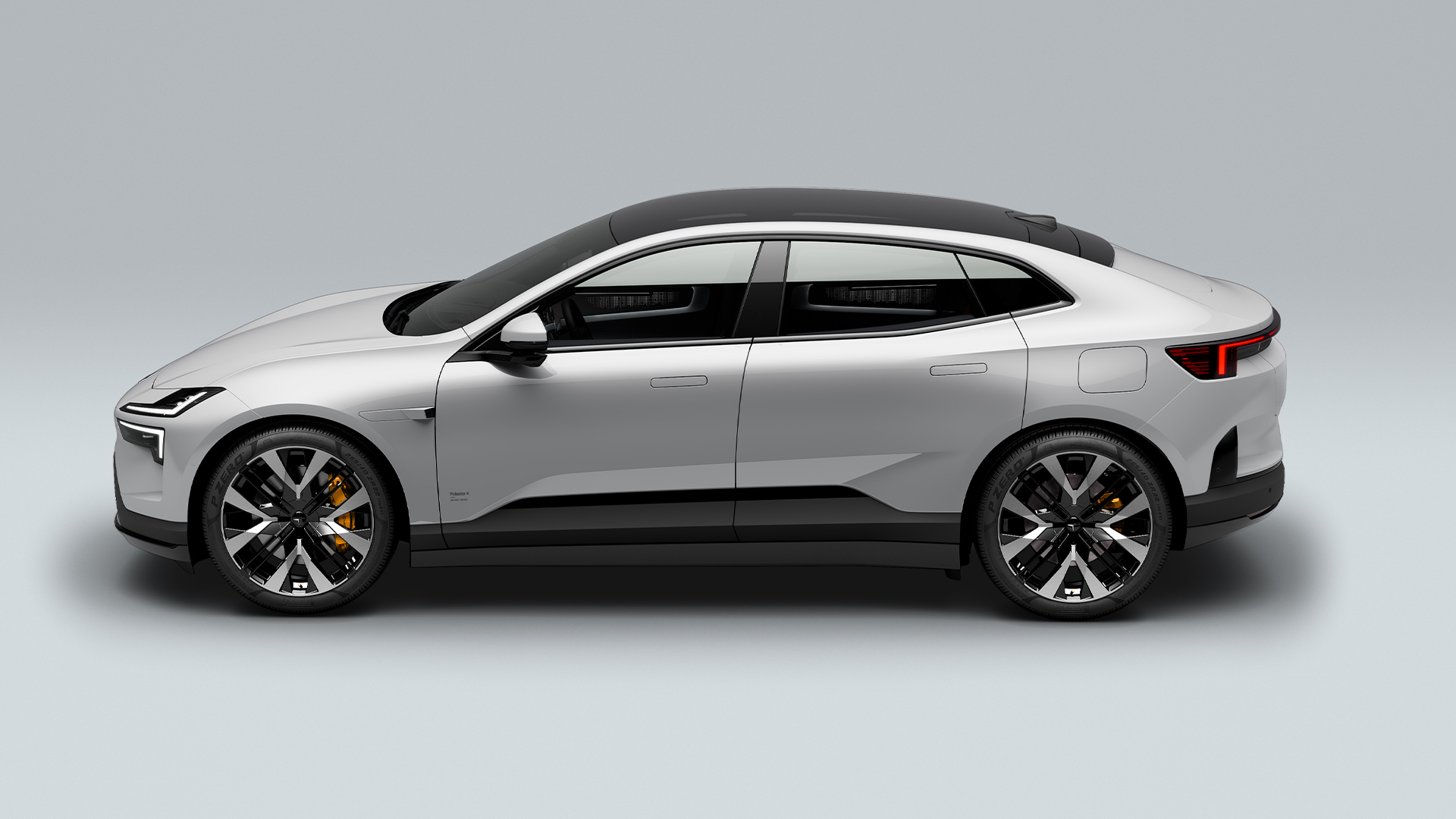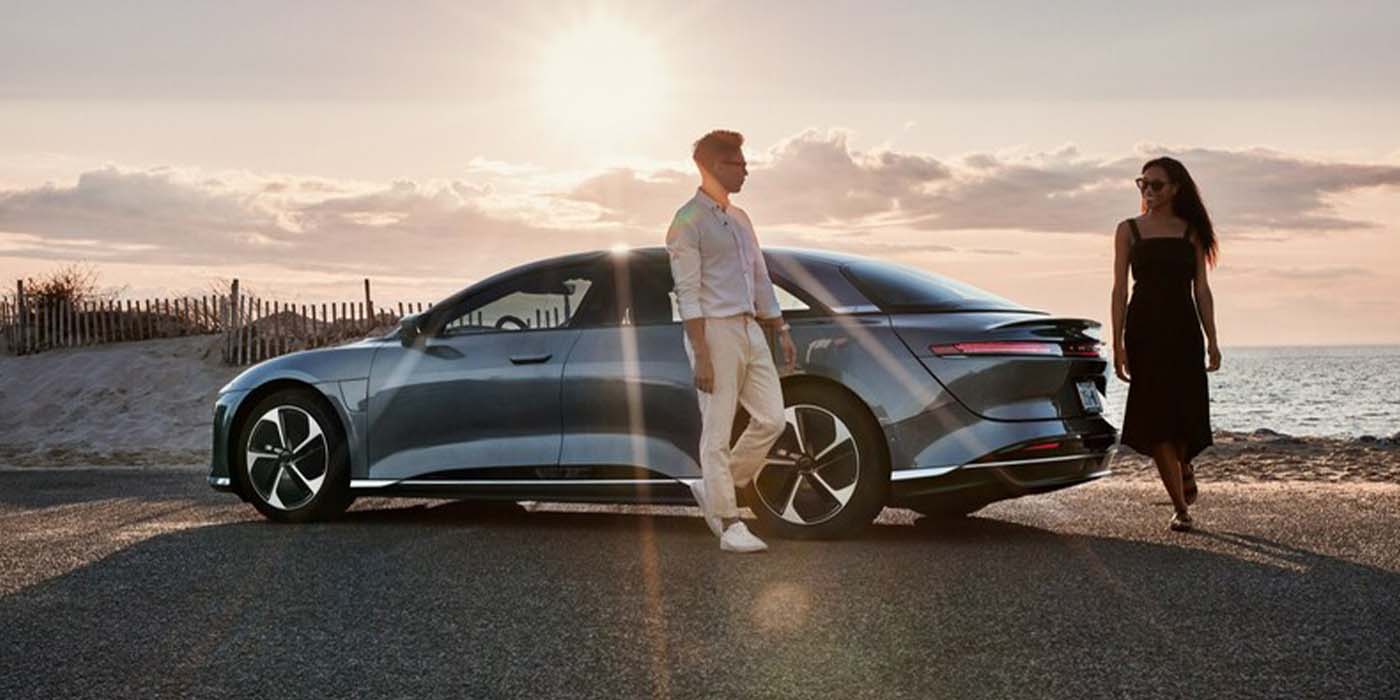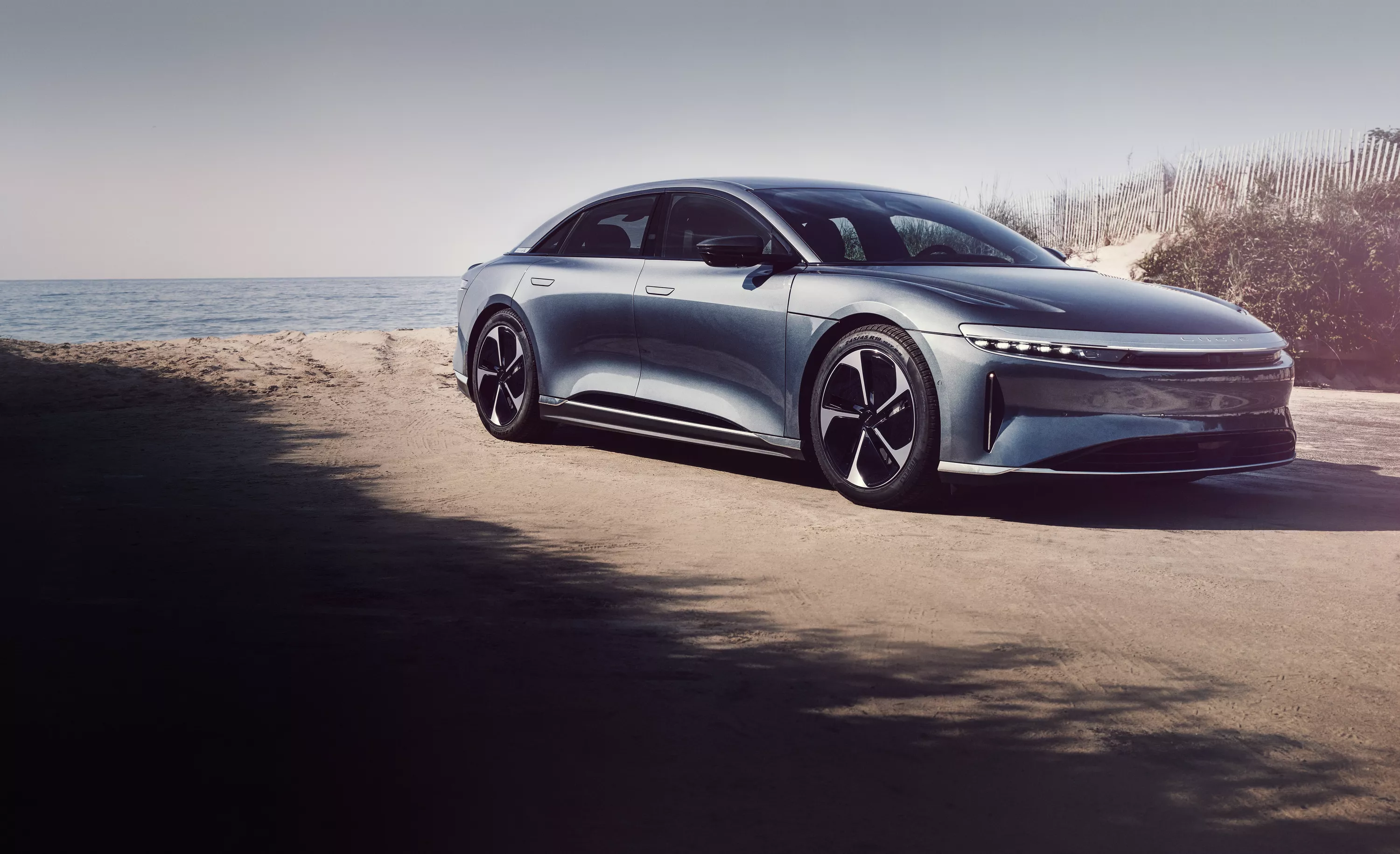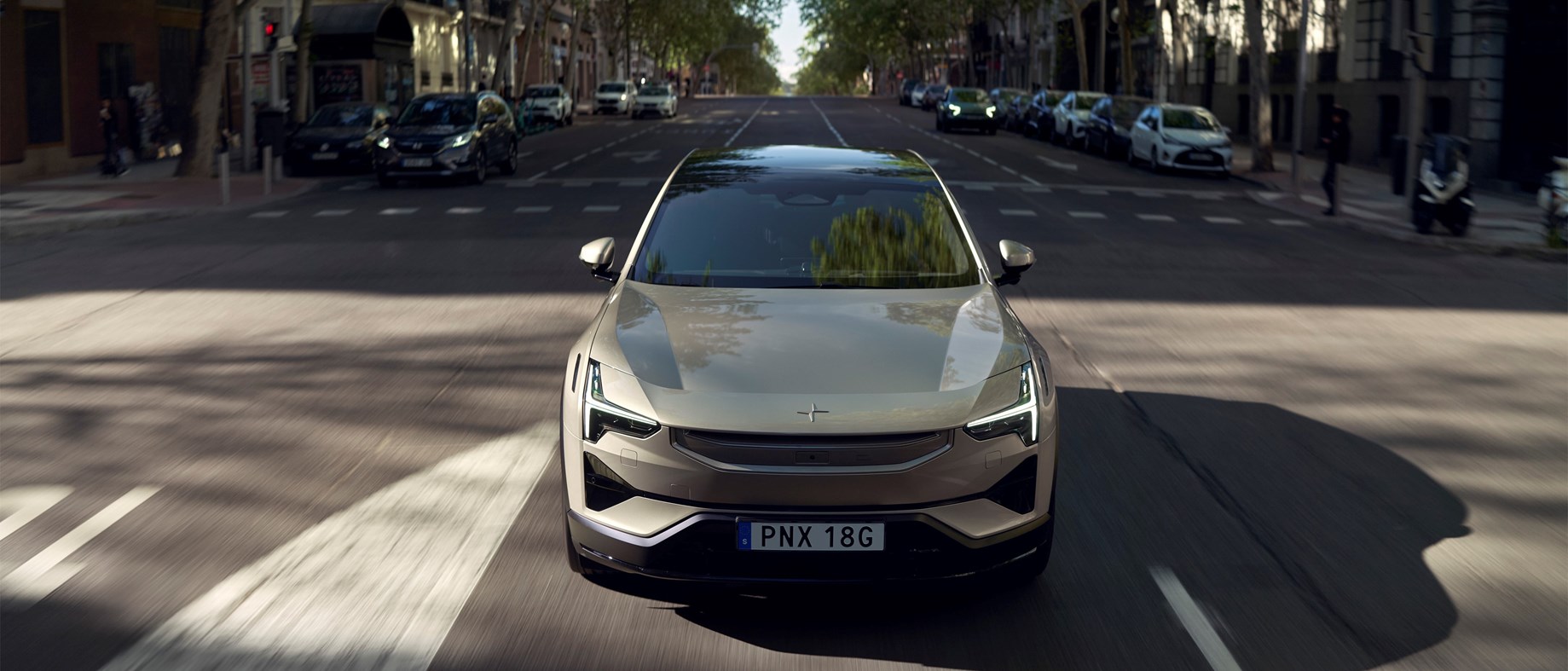Rear-Wheel Drive Makes a Comeback in Electric Vehicles

by AutoExpert | 26 September, 2024
What’s old is totally making a comeback—yup, rear-wheel drive (RWD) is getting a fresh spin thanks to electric vehicles (EVs), and there are some cool reasons behind this revival. For the longest time, front-wheel drive (FWD) was the mainstay in our daily drives. It makes sense because it’s safe, it’s efficient, and it lets car designers ditch the chunky driveshaft that eats up cabin space. More room for you and your stuff!
Ditching that driveshaft not only saves space but also shaves off some weight, which can mean better fuel economy. But the real deal-breaker? Safety and control, especially on slippery roads—FWD cars are just easier to handle.

For ages, FWD has ruled the roads, especially after the '70s when saving fuel became a big deal in the U.S. It's been the king of the road with only a few high-end sports and luxury cars sticking with RWD.
But now, things are changing. Teslas rolling out in RWD configurations, and even Volvo is hopping on board, shifting its XC40 Recharge and the upcoming EX30 to RWD. Even with AWD still up for grabs, choosing RWD as the standard setup is a pretty bold move by Volvo, showing just how much faith they have in the potential of electric platforms for RWD setups.

FWD vs. RWD: Breaking Down the Physics
Quick physics detour: when you think about driving dynamics, picture the traction circle—it’s a handy way to visualize how much grip your tires can offer. Whether it’s braking, accelerating, or turning, you’ve got a grip limit. Start mixing these actions, like turning while hitting the gas, and you might just find yourself in a bit of a pickle.
In RWD setups, the front tires focus on steering and the back tires on powering up. This should mean better overall performance, right? Well, it does until you push it too hard. Picture this: you’re gunning it out of a corner in your RWD, and suddenly, your back tires lose grip. Fun if you know what you’re doing, but a potential spin-out if you don’t.

Now, in a FWD scenario, if you overdo it, the front tires will lose grip first, causing the car to slide out frontwards. Not as dramatic as a spin, right? Just ease off the gas, and you’re back in business. It’s generally safer and more newbie-friendly, though it can feel less thrilling since you’re asking those front wheels to do a lot at once.
Why RWD Is Getting Hot Again
So, why the shift back to RWD? Power plays a big part, especially in EVs. Back in the day, when most FWD cars didn’t pump out more than 150 horsepower, it wasn’t a huge issue. But with today’s EVs? Totally different story. Take Volvo’s EX30, for instance—268 horsepower is a lot to send to just the front wheels. It makes more sense to channel that kind of power to the rear wheels for better traction and control.

This setup not only maximizes grip but also improves steering feel, giving you a cleaner, more responsive driving experience. But what about the risk of tail spins? That’s where modern tech steps in.
Tech to the Rescue: Stability and Traction Control
Every new car now comes equipped with electronic stability control to help prevent loss of control by selectively braking the wheels. Pair that with traction control, which manages power output to prevent wheel spin, and you’ve got a system that makes RWD as stable as it can be.
With electric motors, these systems are even snappier because they don’t rely on traditional mechanical parts. This quick response helps a lot on slippery surfaces like ice, where Volvo’s EX30 has been thoroughly tested. Without these systems, RWD could be a bit of a wild ride.

Regenerative Braking and Beyond
Regenerative braking is another cool feature of EVs, letting the car slow down by converting motion back into stored energy. This is typically more associated with front brakes since they handle more load during braking. However, with RWD and the tech in cars like the EX30, there’s plenty of grip at the back to handle regen effectively.
AWD vs. RWD
While we’re at it, let’s touch on all-wheel drive (AWD). In EVs, AWD usually means a motor at both ends of the car, which is great for traction and can help with regenerative braking. But Volvo notes that in dry conditions, their AWD and RWD models don’t behave too differently—unless you’re really pushing it, the rear motor does most of the work, saving energy.

The Unique Edge of EVs
Lastly, the design of EVs really plays into the strengths of RWD. No driveshafts mean more cabin space and a flat floor for more legroom and cargo space. Plus, the even weight distribution from those hefty battery packs spread across the floor gives these cars a balanced feel that’s great for handling. And let’s not forget the fun factor—RWD is just more thrilling to drive, especially when you’ve got power and technology designed to let you enjoy it safely.
So, while FWD has its perks, the unique capabilities of EVs are making a strong case for a RWD comeback. It’s about blending fun, performance, and safety in ways we’ve never seen before. Cool, right?

















